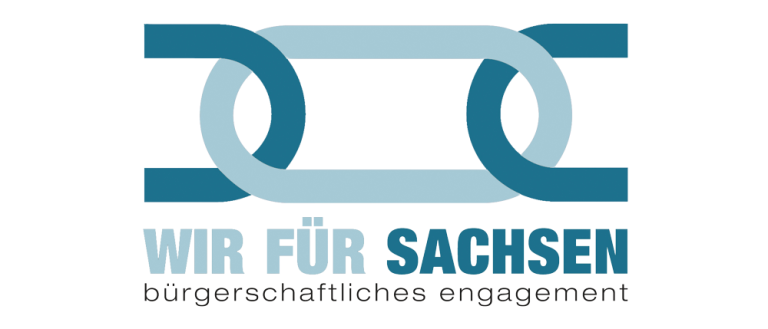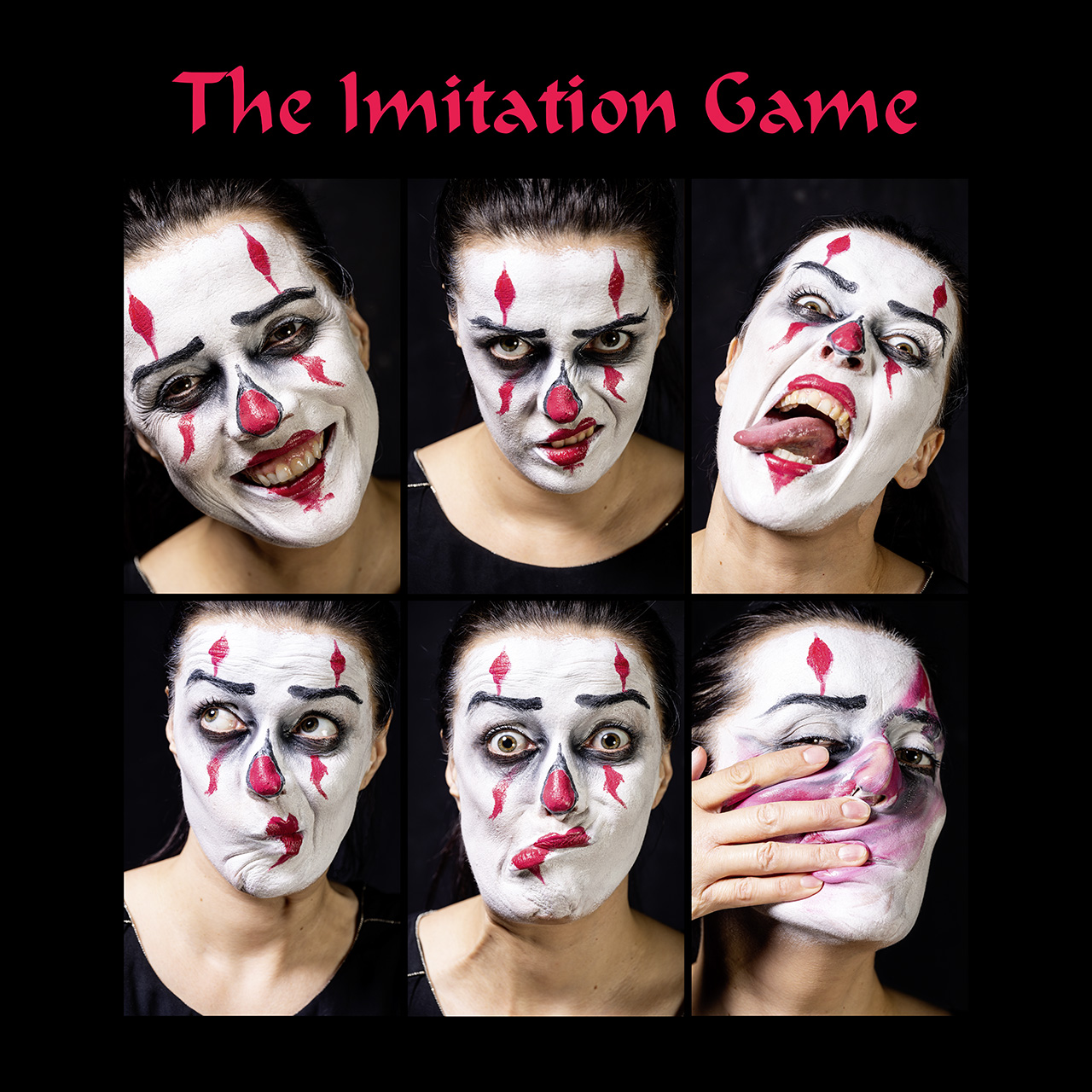
In the ruins of war
Bautzner Straße 49, 01099 Dresden, Germany
Eintritt bzw. Teilnahme kostenlos
Finissage24. January 2025, 19:00Photography slideshow ‘Mariupol Diary’ by Evgeny SosnovskyDocumentary film ‘Shortly before sunrise. DIANA’ (29 min) by Elena PagelFilm project ‘Let's leave it for better times’ (107 min) by Dirk Großer
Eintritt bzw. Teilnahme kostenlos
Finissage24. January 2025, 19:00Photography slideshow ‘Mariupol Diary’ by Evgeny SosnovskyDocumentary film ‘Shortly before sunrise. DIANA’ (29 min) by Elena PagelFilm project ‘Let's leave it for better times’ (107 min) by Dirk Großer
Ukraine. Destroyed cultural assets. Looting and bombing: How Russian occupying forces are destroying Ukraine’s heritage.
A photographic slideshow from Mariupol and 30 photographs from Odesa, Borodyanka, Kharkiv, Kherson, Mykolaiv, the Sumy and Donetsk regions, as well as the texts about the creation of these photos, which the authors personally experienced – a photo chronicle of the war in Ukraine in connection with the Russian military invasion.
With photographs by: Marichka Bilous (Dnipro), Boris Bukhman (Odesa), Tetiana Fomenko (Kharkiv), Sergiy Kononenko (Mykolayiv), Evgeny Sosnovsky (Mariupol), Nelli Spirina (Kyiv), Inna Yermakova (Luhansk / Kyiv), Volodymyr Zahrebelnyi (Kyiv).
Finissage
24. January 2025, 19:00
Programme
A photography slide show ‘Mariupol Diary’ by Evgeny Sosnovsky from Mariupol will be shown, a documentary film by Elena Pagel ‘Kurz vor dem Sonnenaufgang. DIANA’ (29 min) with stories from war refugees from Ukraine living in Dresden and a film project “Let’s leave it for better times” (107 min) by Dirk Großer about the resistance of artists and activists against the Russian invasion of Ukraine.
Curators: Elena Pagel and Irina Guziy
After this all-out war began, cameras in the hands of photographers and even ordinary civilians became a “weapon” that showed the world the crimes of the Russian Federation. “Weapon”, with the help of which Ukrainians conveyed to the world the truth about the war that Russia unleashed in Ukraine in 2014 and launched a large-scale offensive in February 2022.
Our exhibition participants, journalists and photographers, say they need to tell more of this story, as witnesses to this catastrophic humanitarian crisis and the terrifying prospect that the whole world could be dragged into a war with Russia. Ukrainian photographers featured in this exhibition document the destruction at the risk of their own safety. Not all of them have accreditation from the security authorities to take pictures. Some work at the risk of arrest because filming in public places is currently prohibited due to the military situation in the country and the security services. Their courage and dedication allow us to realize the extent of the losses our culture suffers in times of conflict. The photographs shown in the exhibition were taken from 2022 to 2024.
Evgeny Sosnovsky (Mariupol) has been taking photographs for his slideshow “Mariupol Diary” since 2014 until 2022. The first part of the film shows the still flourishing Mariupol as it was before the war. The story of how he and his family lived through 65 days of hell is told in the second part of the film and in the accompanying text.
When we talk about the destruction of monuments, it is undoubtedly a war crime. It is clear to everyone what the consequences of several days of shelling and bombing can be, especially in large, densely populated cities in the country.
These are places of historical and cultural importance: museums, historical and architectural buildings, archives, libraries, religious places of worship, cemeteries, universities, schools, cinemas, galleries, theaters and other cultural monuments.
One example of this is the endless shelling of the center of Kharkiv. Of course, it is primarily the civilian population that suffers and architectural monuments are destroyed. The center of Kharkiv, which is rich in architectural monuments, is gradually disappearing from the scene. The Palace of Culture of the Railwaymen and other outstanding constructivist buildings from the 20-30s of the last century have already been badly damaged. Art Nouveau buildings have also been damaged, some so badly that they cannot be restored.
In Odesa, as an example, the Cathedral of the Transfiguration of Christ (1808), House of Scholars (1832) were damaged by air raids on July 23 and September 23, 2023 – documented by Boris Bukhman.
Or Bogoroditsky Monastery of Svyatogorsk Lavra (1526) – a cave monastery and an important pilgrimage site belonging to the Ukrainian Orthodox Church of the Moscow Patriarchate until September 25, 2023. It is one of the most famous Orthodox shrines in Ukraine and is located on the picturesque chalk slopes on the right bank of the Seversky Donets River in the Donetsk region, photographed by Inna Yermakova. In June 2022, Bogorodichne was occupied by Russian troops who took over the territory of the temple, looting the sanctuary and leaving chaos in their wake. As a result of the occupation, the village of Bogorodichne, which had about 800 inhabitants before the war, was completely destroyed and there are no surviving buildings – everything is destroyed down to the foundations.
In addition to the destroyed, mostly historical buildings, the stocks and collections within them must also be described as extremely damaged. Added to this are losses of intangible cultural heritage that can hardly be measured in monetary terms. In addition, Russian “conquerors” are busy stealing valuables from Ukrainian museums and churches. Since Russia began its invasion of Ukraine, museum staff and volunteers in the country have been busy rescuing artifacts and works of art from the battlefield.
Cover picture: Inna Yermakova, Bogoroditsky Monastery of the Svyatogorsk Lavra (Donetsk region), photographed in May 2023
This exhibition is sponsored by the Stiftung Osterberg für Kunst und Kultur.
Das Projekt wird gefördert durch das Staatsministerium für Soziales und Gesellschaftlichen Zusammenhalt. Diese Maßnahme wird mitfinanziert mit Steuermitteln auf Grundlage des vom Sächsischen Landtag beschlossenen Haushaltes im Rahmen des Förderprogramms »Wir für Sachsen«.






